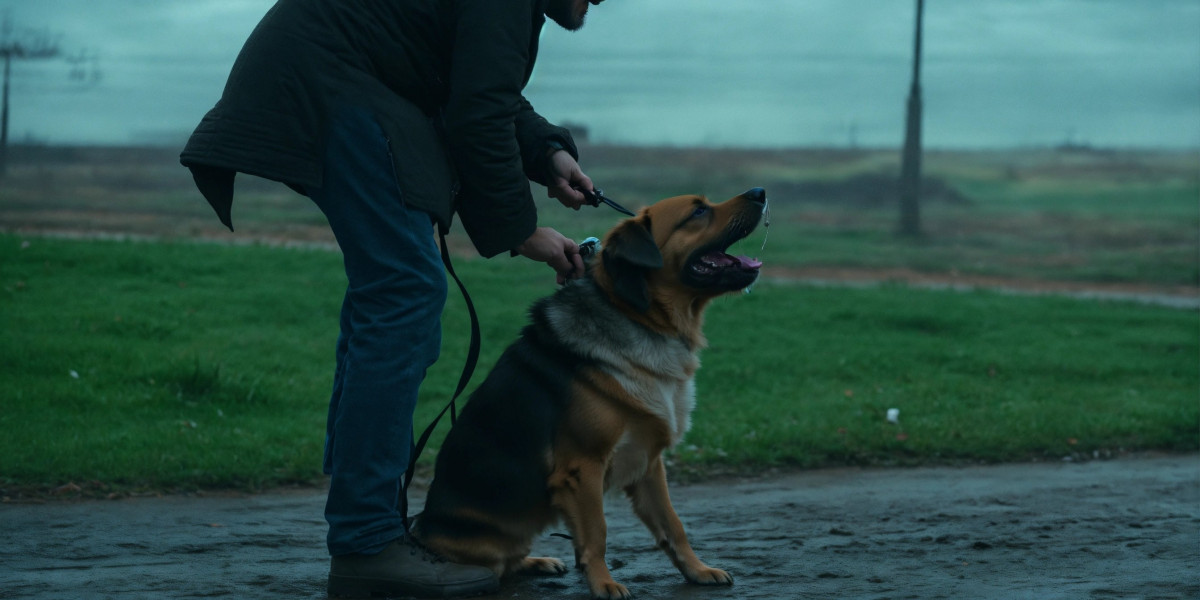Dogs are beloved companions for many, but certain situations can lead to bites, posing risks to individuals and communities. Understanding dog behavior and adopting preventative strategies are essential to minimizing these incidents. Whether you're a dog owner, parent, or professional interacting with dogs, awareness and preparation can significantly enhance safety.
Why Dog Bite Prevention is Crucial
Dog bite prevention is not only physically harmful but can also have psychological and financial repercussions. Each year, thousands of people require medical attention due to dog bites, ranging from minor injuries to severe cases involving infections or trauma. Prevention ensures:
· Public safety: reduces the risk of injuries in community spaces.
· Positive dog-owner relationships: encourage responsible pet ownership.
· Better understanding of canine behavior: promotes harmonious interactions.
Understanding Dog Behavior
1. Common Triggers for Dog Bites
Dogs may bite for various reasons, including:
· Fear: Dogs often bite when they feel threatened or cornered.
· Territorial instincts: protecting their home, food, or toys can lead to aggression.
· Pain or illness: dogs in discomfort may lash out when touched.
· Play behavior: Puppies, in particular, may nip during play, which could escalate without proper training.
2. Warning Signs in Dogs
Recognizing early signs of discomfort or aggression can prevent incidents.
· Growling, barking, or snarling.
· Stiff body posture or raised hackles.
· Avoiding eye contact or retreating.
· Tail wagging at a high speed in a stiff motion, indicating nervousness rather than friendliness.
Tips for Preventing Dog Bites
1. For Dog Owners
As a dog owner, you play a pivotal role in ensuring your pet behaves appropriately.
· Training and socialization: Introduce your dog to various environments, people, and other animals from a young age.
· Spaying or neutering: This can reduce aggression in many dogs.
· Regular exercise helps channel your dog’s energy and reduce stress.
· Secure enclosures: Ensure your yard or home is secure to prevent your dog from encountering uninvited guests.
2. for Parents
Children are more susceptible to dog bites, making education essential.
· Teach children to avoid hugging or pulling on a dog's ears, tail, or fur.
· Instruct them to always ask for permission before approaching a dog.
· Encourage them to stand still ("be a tree") if a dog seems aggressive or is chasing them.
3. for Professionals and Visitors
Postal workers, delivery personnel, and visitors entering homes or properties can encounter unknown dogs. Tips for staying safe include:
· Avoid direct eye contact with unfamiliar dogs.
· Speak calmly and avoid sudden movements.
· Use barriers such as delivery bags or umbrellas to maintain distance if needed.
How to React in a Dog Bite Situation
Despite precautions, dog bites can still occur. Knowing how to handle the situation can prevent further harm.
1. Immediate Steps
· Remain calm and avoid yelling or sudden movements.
· If possible, use an object as a barrier between you and the dog.
· Once safe, clean the bite wound thoroughly with soap and water.
2. Seek Medical Attention
Even minor bites require medical evaluation to rule out infections or diseases such as rabies.
3. Report the Incident
Inform local authorities or animal control to ensure the dog's vaccination records are checked and to prevent future incidents.
Educating the Community about Dog Bite Prevention
1. Public Awareness Campaigns
Raising awareness about dog safety can make a difference in communities.
· Workshops and seminars on dog behavior and safety practices.
· Distribution of informational materials in schools and neighborhoods.
2. Encouraging Responsible Ownership
Programs focusing on spaying/neutering, vaccinations, and training can foster responsible pet care.
3. Supporting Animal Welfare
Rescue organizations and shelters often provide resources to help owners address behavioral issues in their pets, reducing bite risks.
The Role of Laws and Regulations
Local governments play a crucial role in dog bite prevention through:
· Leash laws: ensuring dogs are leashed in public spaces.
· Breed-neutral regulations: Focusing on individual dog behavior rather than stereotypes.
· Mandatory vaccinations: protecting both humans and pets from diseases like rabies.
Conclusion
Dog bite prevention is a shared responsibility among dog owners, parents, professionals, and communities. By understanding canine behavior, adopting preventive measures, and promoting education, we can create safer environments for humans and their four-legged companions.










